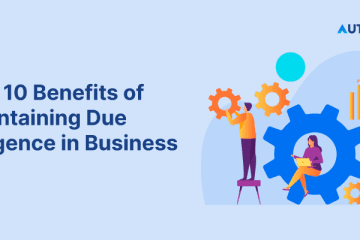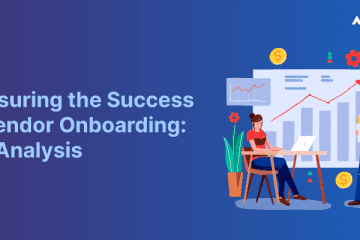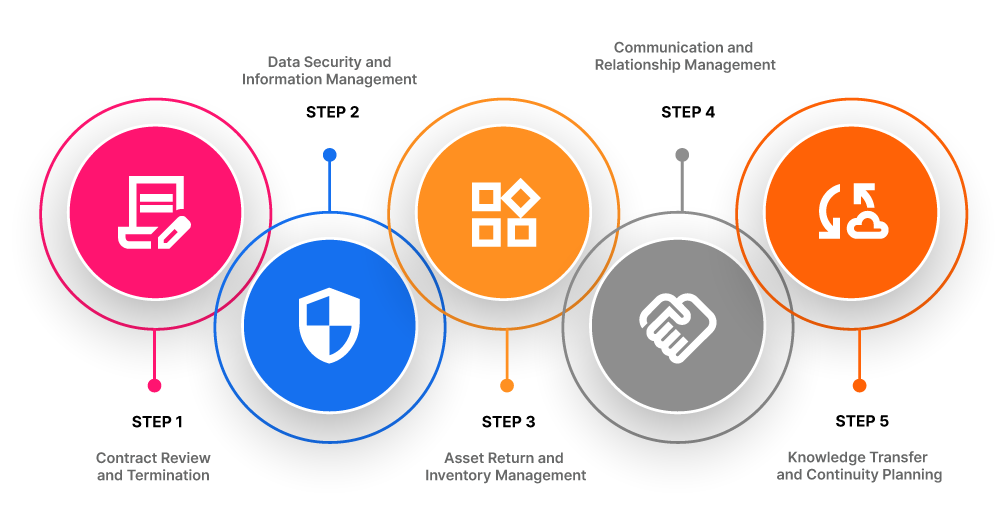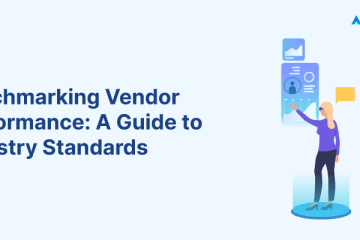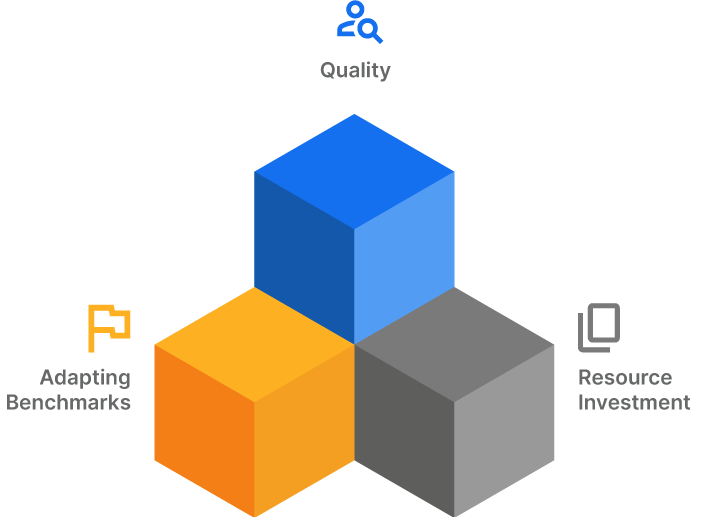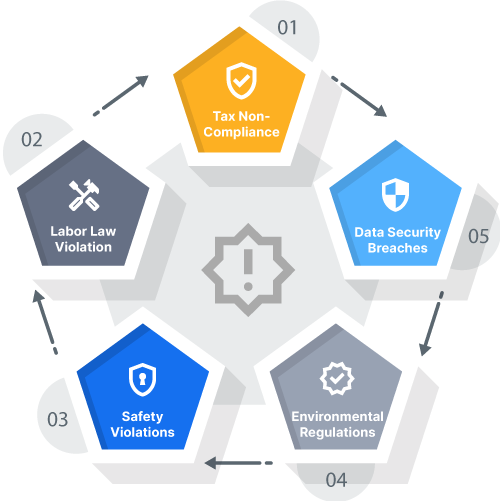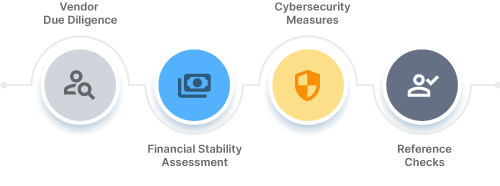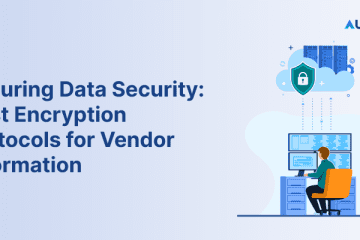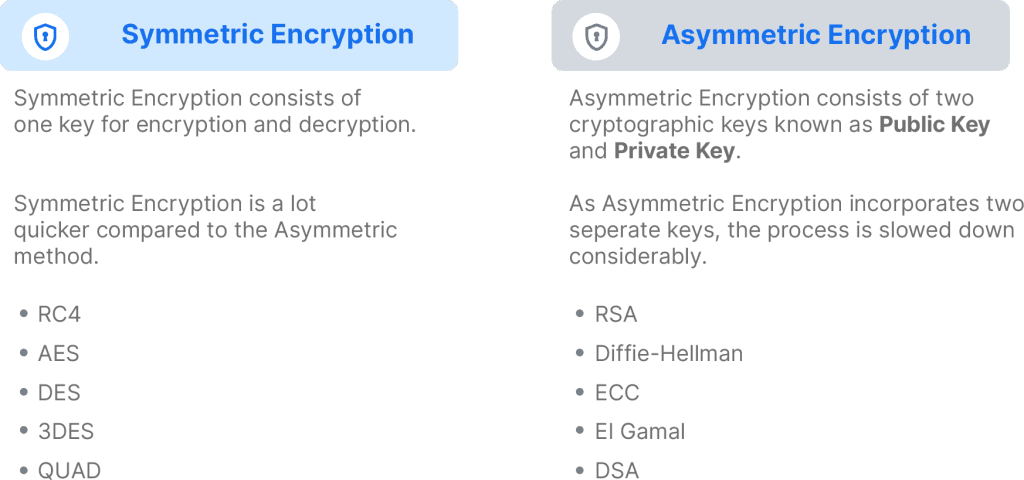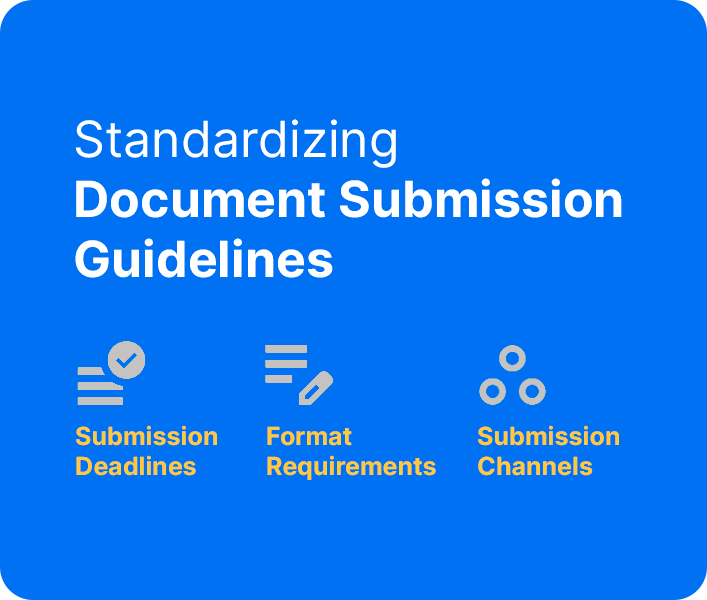Introduction

In the dynamic and often unpredictable business environment of India, due diligence stands as a beacon of integrity and reliability. It is not just a process but a strategic approach that ensures businesses are well-prepared to face the multifaceted challenges posed by the Indian market. Due diligence encompasses various aspects—from financial audits to regulatory compliance and operational assessments—each playing a crucial role in safeguarding a company’s interests.
Importance in the Indian Context:
In India, where business landscapes are continually evolving and regulatory frameworks are complex, due diligence is critical. It helps businesses navigate through bureaucratic intricacies and market unpredictability with greater confidence. By thoroughly understanding potential partnerships and investments, companies can make informed decisions that align with long-term objectives and ethical standards.
Comprehensive Risk Assessment
Identifying Potential Risks
Effective due diligence begins with a thorough identification of potential risks that a business might face. In the Indian context, these risks can be categorized into:
- Financial Risks: Issues like hidden liabilities, inaccurate financial reporting, or unstable financial conditions of potential partners.
- Legal Risks: Non-compliance with regulations, potential litigations, or legal disputes that could affect business operations.
- Operational Risks: Inefficiencies in processes, outdated technology, or supply chain vulnerabilities that can impact business performance.
Understanding these risks is crucial for developing a robust strategy to mitigate them, thereby safeguarding the business against potential setbacks.
Mitigating Business Vulnerabilities
Once risks are identified, the next step involves formulating strategies to mitigate these vulnerabilities. This may include:
- Enhanced Scrutiny and Audits: Implementing more rigorous financial and operational audits to ensure transparency and compliance.
- Strategic Planning and Scenario Analysis: Develop contingency plans based on potential risk scenarios to prepare for unexpected market conditions.
- Regular Compliance Training: Conduct training sessions for staff to stay updated on regulatory changes and ensure compliance at all levels of operations.
These proactive steps help minimize the impact of risks on the business, ensuring stability and continuity even in volatile market conditions.
Enhanced Investment Decisions
Validating Investment Opportunities
Due diligence plays a pivotal role in validating investment opportunities, particularly in a market as diverse and complex as India. This involves:
- Thorough Market Analysis: Understanding market trends, consumer behaviour, and potential growth areas to assess the viability of investments.
- Financial Due Diligence: Evaluating the financial health of potential investment targets to ensure they are financially viable and stable.
This thorough validation helps in making informed investment decisions that are likely to yield higher returns and align with business objectives.
Improving Financial Outcomes
The financial outcomes of an investment are significantly improved through diligent analysis and assessment. This is achieved by:
- Identifying Cost-saving Opportunities: Due diligence can reveal areas where costs can be reduced without compromising on quality or output.
- Forecasting Return on Investment (ROI): Accurately predicting the financial returns from investments helps in allocating resources more effectively and making strategic investment choices.
This focused approach to investment decisions leads to enhanced financial health and sustainability of the business.
Regulatory Compliance
Adhering to Indian Regulations
Navigating the regulatory landscape in India requires a comprehensive understanding of local laws and regulations. Due diligence ensures:
- Compliance with Sector-Specific Laws: Each industry in India might have its own set of regulations, and compliance is crucial for legal operation.
- Understanding of Regional Legal Requirements: India’s diverse legal landscape means that state-specific laws can impact business operations, making local legal knowledge imperative.
This adherence not only prevents legal repercussions but also builds a reputation of reliability and integrity among stakeholders.
Avoiding Legal Repercussions
Due diligence minimises the risk of facing legal issues such as fines, penalties, or operational shutdowns by:
- Proactive Legal Audits: Regular audits to ensure all business practices are in line with current laws.
- Legal Risk Management: Identifying potential legal challenges before they become problematic and addressing them proactively.
This legal vigilance protects the business from potentially damaging legal battles and financial losses.
Competitive Advantage
Gaining Market Insight
Due diligence provides businesses with deep insights into the market dynamics and competitive landscapes. This knowledge is crucial for strategic positioning and making informed decisions. By understanding market trends, consumer behaviours, and competitive actions, companies can tailor their strategies to better meet market demands and capitalize on emerging opportunities.- Market Share Analysis: A table showing comparative market share can illustrate how due diligence helps businesses understand their position relative to competitors.
| Company | Specific Data Points | Specific Data Points |
|---|---|---|
| Identification | Market Share Before Due Diligence | Market Share After Strategic Adjustments |
| Company A | 20% | 25% |
| Company B | 30% | 28% |
| Company C | 25% | 23% |
| Company D | 25% | 24% |
Outperforming Competitors
Due diligence enables companies to identify and leverage their unique strengths while also pinpointing and addressing areas of weakness relative to their competitors. This proactive approach can lead to significant competitive advantages, allowing businesses to outperform their rivals in key areas.- Performance Metrics: Key performance indicators (KPIs) such as customer satisfaction, return on investment (ROI), and operational efficiency can be enhanced through the insights gained from due diligence.
Improved Stakeholder Trust
Building Investor Confidence
Investors are more likely to trust and invest in companies that demonstrate thorough due diligence practices. This trust stems from the transparency and accountability that due diligence provides, reassuring investors of the company’s commitment to sound business practices and long-term viability.- Investor Satisfaction Ratings: Charting investor confidence levels before and after implementing rigorous due diligence can show its impact.
| Year | Investor Confidence Before Due Diligence | Investor Confidence After Due Diligence |
|---|---|---|
| 2021 | 65% | 85% |
| 2022 | 70% | 90% |
Securing Customer Loyalty
Customers are increasingly concerned with the ethical standards and stability of the businesses they patronize. Due diligence that includes checks on supplier practices, product quality, and corporate governance can significantly enhance customer trust and loyalty.- Customer Retention Rates: Demonstrating how due diligence practices correlate with customer retention improvements.
| Year | Retention Rate Before Due Diligence | Retention Rate After Due Diligence |
|---|---|---|
| 2021 | 75% | 82% |
| 2022 | 78% | 88% |
Operational Efficiency
Streamlining Business Processes
Due diligence often reveals inefficiencies in business processes that, once addressed, can lead to more streamlined operations. This not only improves productivity but also reduces costs, contributing to overall business efficiency.- Operational Performance: A table comparing operational metrics before and after process optimizations informed by due diligence findings.
| Operational Metric | Before Due Diligence | After Due Diligence |
|---|---|---|
| Production Time (days) | 10 | 7 |
| Cost per Unit ($) | 5 | 4.5 |
| Employee Productivity (units/hr) | 10 | 12 |
Optimizing Resource Allocation
Effective due diligence enables businesses to allocate resources more judiciously—whether financial, human, or technological—ensuring that they are invested in areas that will yield the highest returns.Facilitates Strategic Partnerships
Choosing the Right Partners
Due diligence is critical in selecting business partners that align with a company’s strategic goals and ethical standards. This careful selection process ensures that partnerships are both productive and sustainable.Cultivating Profitable Alliances
By ensuring compatibility and aligning goals through due diligence, businesses can forge alliances that not only enhance operational capabilities but also open up new market opportunities.Intellectual Property Protection
Safeguarding Assets
Intellectual property (IP) due diligence is essential for businesses to protect their innovations, brands, and proprietary technologies. It involves verifying the ownership and validity of IP assets, assessing potential infringements, and ensuring compliance with IP laws. This protection is crucial for maintaining competitive advantage and enhancing the company’s valuation.- IP Disputes Avoided: Data indicating the effectiveness of IP due diligence in avoiding legal challenges.
| Year | IP Disputes Before Due Diligence | IP Disputes After Due Diligence |
|---|---|---|
| 2021 | 15 | 5 |
| 2022 | 12 | 3 |
Enhancing Business Valuation
Protected and well-managed IP assets can significantly increase a business’s valuation. This is due to the direct impact of exclusive rights on revenue generation and the attractiveness of the business to investors and potential buyers.- Increase in Valuation: Table showing how robust IP management has boosted business valuations.
| Year | Valuation Before Due Diligence ($M) | Valuation After Due Diligence ($M) |
|---|---|---|
| 2021 | 50 | 65 |
| 2022 | 55 | 75 |
Talent Acquisition and Retention
Ensuring Quality Hires
Due diligence in the recruitment process ensures that only the most suitable candidates are selected, which is crucial for maintaining high standards of performance and ethics in the workplace. This includes background checks, verifying qualifications, and assessing cultural fit.- Quality of New Hires: Metrics showing improvement in employee performance and retention rates after implementing thorough hiring due diligence.
| Year | Average Employee Performance Rating Before | After Due Diligence |
|---|---|---|
| 2021 | 3.5/5 | 4.2/5 |
| 2022 | 3.7/5 | 4.5/5 |
Maintaining a Competent Workforce
Due diligence helps in retaining top talent by ensuring that the workplace environment aligns with employee expectations and industry standards. This contributes to higher employee satisfaction and lower turnover rates.- Employee Retention Rate: Demonstrating the impact of comprehensive HR due diligence on retaining skilled staff.
| Year | Retention Rate Before Due Diligence | Retention Rate After Due Diligence |
|---|---|---|
| 2021 | 80 | 90 |
| 2022 | 82 | 93 |
Future-proofing the Business
Adapting to Market Changes
Due diligence processes enable businesses to quickly adapt to market changes by providing ongoing insights into market trends, competitor strategies, and technological advancements. This proactive approach helps businesses anticipate and respond to changes, securing their relevance and competitive edge over time.
Sustaining Long-term Growth
The insights gained from comprehensive due diligence allow businesses to make strategic decisions that foster sustainable growth. By understanding the full landscape of their operational environment, companies can invest in areas with the highest growth potential and avoid sectors with impending risks.
Conclusion
The benefits of maintaining rigorous due diligence in business are clear and manifold. From safeguarding intellectual property and optimizing resource allocation to securing strategic partnerships and future-proofing the business, due diligence is an indispensable tool for any business looking to thrive in today’s competitive and rapidly changing market, particularly in India. These practices not only protect but also enhance business operations, drive innovation, and build trust among investors and customers alike.
